4 Causes of a Steering Wheel That’s Off-Center (and How to Fix It)
Ever puzzled by a crooked steering wheel in a straight-driving car? This head-scratcher signals some type of misalignment issue that warrants your attention.
We’ll look at the root causes of vehicle and steering wheel misalignment, how to fix an off-center steering wheel, and whether or not you should even continue driving in the meantime.
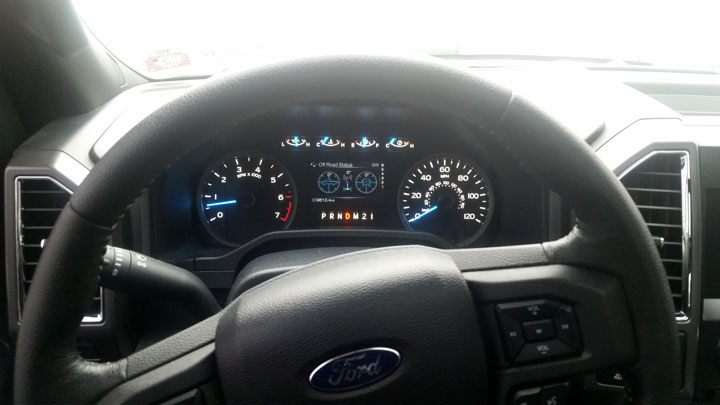
Definition of an Off-Center Steering Wheel
An off-center steering wheel refers to a situation where the steering wheel spokes are tilted to the left or right when the vehicle continues straight ahead on a straight flat road. In most cases, this is caused by misalignment or another issue.
However, this may also be caused by the natural tendency of vehicles to drift to the low side of the road crown, which is a slope designed to help rain water drain from the road surface.
While tires and vehicles are designed to counteract the effect of typical road crown, they may not fully counteract the effect of a highly crowned road or a freeway that slopes in both directions.
Read Also: What Does it Mean When a Steering Wheel is “Loose”?
Why Is My Steering Wheel Crooked?

As mentioned above, the vast majority of issues pertaining to a steering wheel’s off-center orientation, come as the direct fault of a poor front-end alignment. However, the root cause of this misalignment often differs on a case-by-case basis.
Rectifying such an issue often requires one to diagnose the root cause of the misalignment itself. The following are several of the most common causes of front-end misalignment.
#1 – Normal Wear & Tear

Every vehicle’s front end will begin to age with time, presenting additional free-play within critical bushings and sockets. This excess play will eventually cause a vehicle’s alignment to stray from stock specifications.
It is for this reason that most major tire manufacturers recommend a front-end alignment, directly following four tire replacements.
While a certain degree of front-end component wear is to be expected with time, extreme wear will require the replacement of all affected steering/suspension components.
If such components are not replaced, one can expect their vehicle to require further alignment in the very near future.
#2 – Component Damage
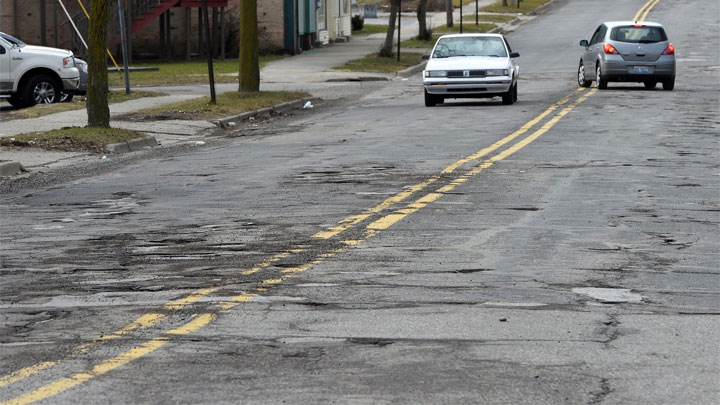
Though somewhat rare, any number of a vehicle’s critical steering and suspension components can be damaged following a sudden blow. This often occurs when a pothole is traversed at high speeds, or when contact is made with a curb while a vehicle is in a forward motion.
This direct shock is transferred throughout a vehicle’s front end, often damaging the weakest of components in the process.
When one or more of a vehicle’s critical steering components are damaged, the front-end geometry is adversely affected. This instantly alters a vehicle’s front end alignment, often altering the orientation of a vehicle’s steering wheel.
Issues of this nature are only rectified by replacing all affected components and repeating the specified alignment procedure.
#3 – Wreck Damage
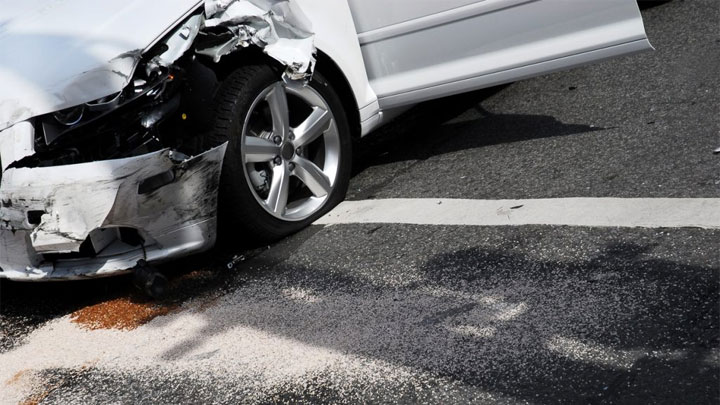
Even more detrimental to a vehicle’s front end alignment is the damage which is often incurred during a collision. A wreck that affects the front end of a vehicle can easily damage a number of critical steering/suspension components.
Many of these components directly affect a vehicle’s toe, caster, and camber values, thereby impacting alignment. However, unlike basic component damage incurred when striking a pothole, wreck damage often proves far more significant.
In many cases, a vehicle’s various steering/suspension mounts are critically affected during a wreck. This is generally the case in any situation where frame damage of one degree or another has resulted.
Unfortunately, damage of this type is not always repairable, at least without drastic intervention, which often proves too costly to move forward with.
#4 – Ride Height Modifications
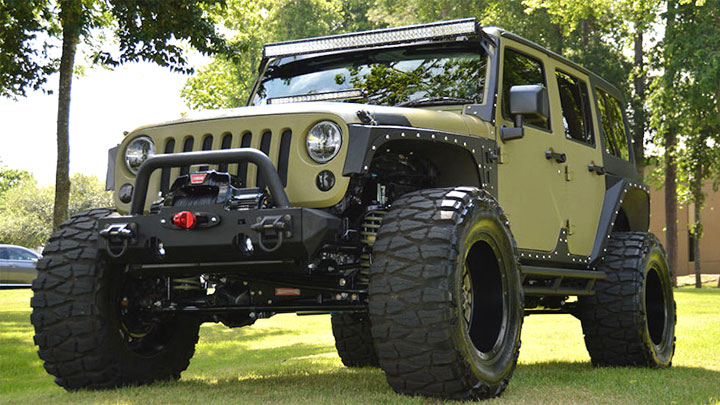
A vehicle’s steering and suspension systems are expertly tuned to provide superior handling and ride quality. However, this is only true if a vehicle’s stock ride height has not been modified for any reason.
Modifications within this realm, such as the installation of a lift or leveling kit, can indeed impact a vehicle’s alignment, thereby causing a vehicle’s steering wheel to appear crooked while traveling in a straight fashion.
For this reason, it is extremely important to have an alignment performed by qualified professionals, directly following any modification that impacts a vehicle’s ride height.
This brings a vehicle’s alignment back within specification and ensures that your vehicle travels in a straight, true fashion.
As a side benefit, having a vehicle aligned also positively impacts tire wear, thereby allowing you to get the most bang for your buck.
Read Also: Why Are Jeeps So Expensive?
How to Fix a Steering Wheel That’s Off-Center
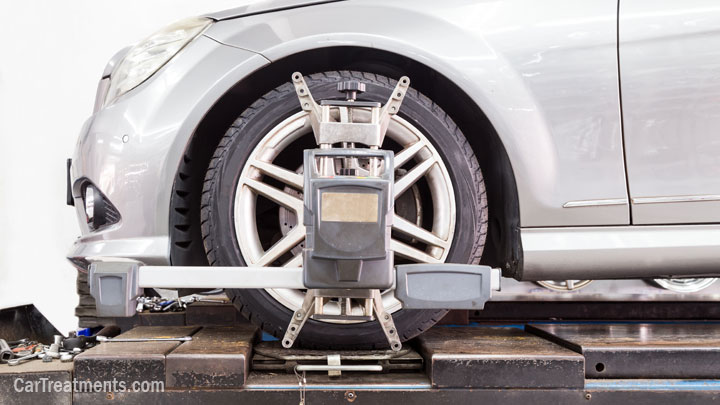
In reality, the only correct way to fix a steering wheel that is off-center is by having the affected vehicle’s front end aligned by a competent and qualified individual.
This brings a vehicle’s alignment back within specification, and should also re-center your vehicle’s steering wheel if done correctly. Such services are provided by the bulk of full-service shops and can be completed with a minimal expenditure of time.
Trained technicians will also take care to check for damaged or excessively worn front end components prior to, and during the alignment process.
Most shops will specify that any deficiencies of this type are to be repaired, before continuing with the alignment process. This stems from the fact that it is nearly impossible to properly align a vehicle that exhibits such signs of non-conformance.
Additionally, there are a number of valuable side benefits to having your vehicle’s front end properly aligned. A freshly aligned vehicle generally tracks much straighter than its unaligned counterparts, while also exhibiting far more consistent tire wear.
This provides a better quality ride, while ultimately saving motorists money in the long run.
What if the Steering Wheel is Still Off-Center After an Alignment?
If your vehicle’s steering wheel still appears off-center following an alignment, it is possible that the root cause of your vehicle’s misalignment condition has not been corrected.
This can occur if the technician who performed this service was not familiar with the alignment procedure for your particular vehicle.
In such instances, a vehicle’s alignment might actually be negatively impacted by such a service, rather than remedied. Continued issues of this nature can also occur if an alignment technician failed to recognize the presence of one or more damaged steering components. This can include a bent tie-rod or distorted steering knuckle.
In any event, further mechanical intervention will be required. In this instance, you might wish to select a different service center, than the one previously visited. However, some shops might stipulate that you must return to their location for follow-up work, in order to prevent being charged twice, for the same repair.
Is It Safe to Drive With a Crooked Steering Wheel?
Driving with a crooked steering wheel might not be inherently dangerous, but it can indicate underlying issues with your vehicle’s alignment or suspension.
Ignoring these problems can lead to uneven tire wear, poor handling, and decreased fuel efficiency. In some cases, it can even result in loss of control, which is certainly unsafe.
- P0480 Code (Symptoms, Causes, and How to Fix) - Apr 19, 2024
- Car Temperature Gauge Stopped Working? (Here’s Why) - Apr 15, 2024
- Ignition Coil vs Coil Pack (What’s the Difference?) - Apr 8, 2024

The comments above are predominantly correct, with the exception of carrying out just ‘Front-end alignment’. From this I assume it is meaning Toe (Tracking)-adjustment. This is no longer, and hasn’t been for some years, an Industry recommendation, as it is generally agreed the a complete ‘Four Wheel alignment’ is carried-out, in order that the vehicle front and rear wheels are aligned symmetrically.
While the rear tires can certainly be out of spec, it’s often the case that the front tires affect the steering more. They may also take more abuse from curbs during parking, which can throw out the alignment while the rears are OK.